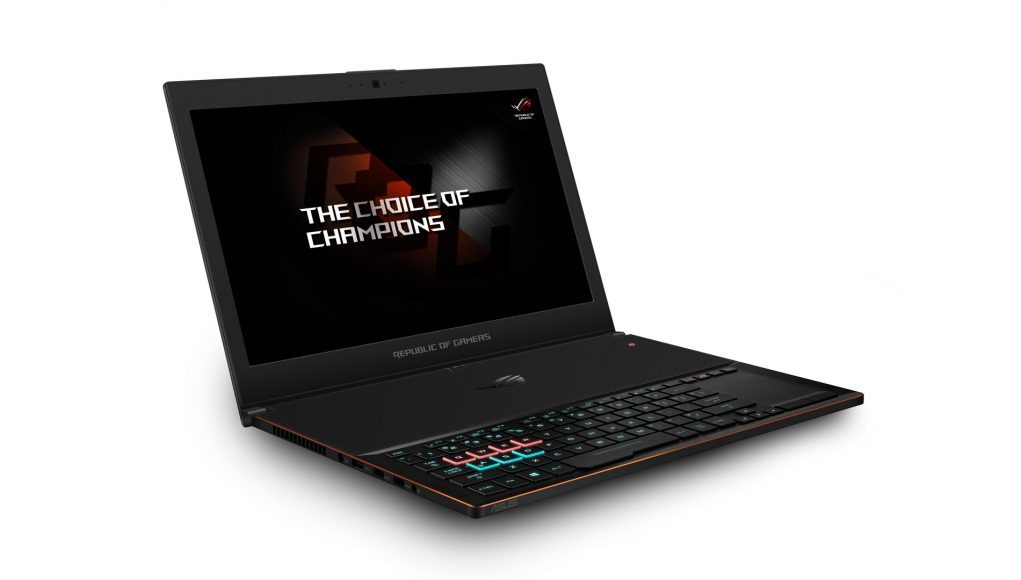Starting June 27th, leading OEMs such as Clevo, ASUS, and MSI will begin to offer new high-performance Pascal-powered ‘Max-Q’ gaming laptops using GTX 1060, 1070 and 1080 GPUs. Max-Q is NVIDIA’s new holistic approach to notebook design, with claims of major thermal and efficiency improvements that result in much thinner and quieter gaming notebooks.
Less than a year ago, I was marvelling at the compact designs of a few VR Ready GTX 1060-equipped notebooks at the launch of Nvidia’s portable Pascal lineup. The machines packing higher-performance 1070 and 1080 GPUs were much chunkier, and until recently, many employed a typically brash ‘gamer’ aesthetic with aggressive lines and vents.
Now, thanks to Nvidia’s new ‘Max-Q’ design spec, we’re about to see a significant reduction in thickness for high-end gaming notebooks, with even GTX 1080-equipped models measuring just 18mm thick—which Nvidia optimistically compares to the MacBook Air (certainly thin, but currently Apple’s thickest laptop). The Max-Q designs are heavier and don’t taper to a thin edge like the Air—a more reasonable size and weight comparison would be a 2015 MacBook Pro—still an impressive step forward for such high-performance components.
Nvidia explains the thinking behind the name and approach:
Max-Q, an integral part of NASA’s mission to launch man into space, is defined as the point at which the aerodynamic stress on a rocket in atmospheric flight is maximized. Thus, the design of the rocket is precision-engineered around Max-Q. NVIDIA has applied a similar philosophy to designing gaming laptops, enabling OEMs to build laptops that are 3x thinner with up to 3x more performance of previous generation products.
This has been achieved with further improvements to the Pascal graphics architecture such as a “low voltage optimised clock curve,” advanced thermal solutions and “next-gen regulator efficiency.” Thankfully the reduction in size hasn’t removed all the ports, so these laptops are very much VR Ready, while being more portable than ever.







